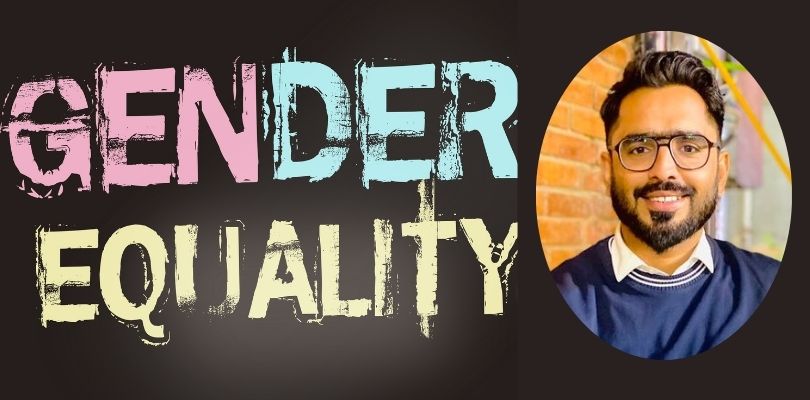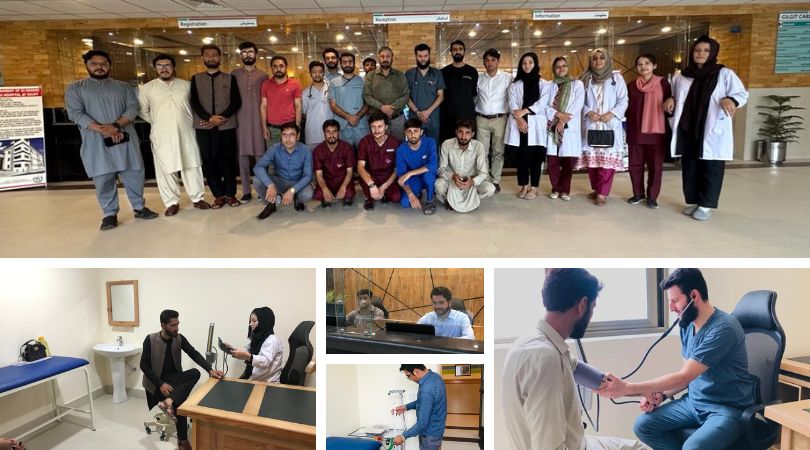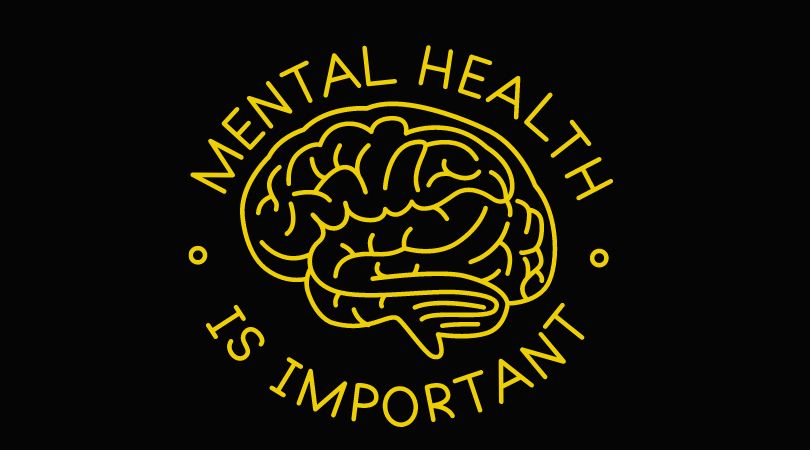By Ghulam Yaseen Buzdar
Gender equality has been a decades-long global cause, with initiatives like the Sustainable Development Goals (SDG-5) trying to advance the equal distribution of opportunities across genders (United Nations, 2024). Attaining gender equality involves different aspects, including social, financial, and political domains. This article explores the diverse effects of achieving SDG-5, investigating its implications and challenges.
According to SDG 5, the achievement of gender equality promises various advantages for global communities. It aims to end all kinds of discrimination against women anywhere in the world, including harassment and exploitation (United Nations, 2015). Similarly, it fosters equal career opportunities by stressing on the full ability of all individuals regardless of their gender. By doing this, economies can benefit from a broader pool of talent, fostering productivity (Roy & Xiaoling, 2022). Additionally, achieving gender equality in leadership and policymaking positions fosters more inclusive governance processes (Birdthistle & Hales, 2023).
Gender equality recognizes the unpaid labor performed by women within households through the implementation of specialized protective policies and the equitable division of household responsibilities.
Gender equality is the first step in achieving social justice and human rights. Achieving gender equality, SDG 5 foresees the end of inhumane practices against women such as genital mutilation and child marriage (UN Women, 2017). Furthermore, it aims to value the unpaid work done by women in the house by introducing special protection policies and division of responsibilities in the household (United Nations, 2015). According to a report of USAID (2023), empowering women and girls with education and decision-making authority improves their autonomy and agency, paving the way for healthier communities.
This journey towards gender equality is not without difficulties. Deep-rooted patriarchal norms and cultural biases hinder progress towards SDG-5 (United Nations, 2023). Societal attitudes towards gender roles often lead to unequal opportunities and outcomes for women (Tabassum & Nayak, 2021). Furthermore, organizational barriers, such as discriminatory laws and practices, pose significant threats to gender equality efforts (Bahadori, 2023).
Gender equality eradicates discrimination, fosters inclusive governance, and enhances productivity while broadening the talent pool.
According to the critics, gender equality drives focus only on the necessities of ladies in metropolitan regions, disregarding rural women, native societies, and LGBTQ+ people (International Labour Organization, 2012; Gender Equality Law Center, 2015; Agarwal, 2021). Moreover, the interconnectedness of gender with different variables like race, identity, class, and disabilities confuses endeavors to address the difficulties faced by different groups (Ivanov, 2024). Critics also highlight the requirement for additional methodologies that address structural disparities and promote significant representation of all sexual orientations in decision making processes
In light of the above discussion, it can be concluded that accomplishing gender equality is a complicated and diverse cause with broad ramifications for global societies. While progress has been made towards SDG-5, difficulties persevere. By tending to the underlying drivers of gender disparity, promoting inclusive policies and practices, and enhancing the voices of marginalized communities, we can grow nearer to achieving a fair world for all genders.
References
1. Agarwal, S. (2021, November 24). Status of LGBTQ community in gender equality. Times of India Blog. https://timesofindia.indiatimes.com/readersblog/sblog/status-of-lgbtq-community-in-gender-equality-39180/
2. Bahadori, N. (2023). Insights about the barriers to achieve gender equality in the decision-making roles and power positions. https://web.uniroma1.it/disse/sites/default/files/DISSE_Bahadori_wp6_2023.pdf
3. Birdthistle, N., & Hales, R. (2023). Attaining the 2030 sustainable development goal of gender equality. Emerald Group Publishing.
4. Gender Equality Law Center. (2015). LGBTQ discrimination. Gender-Equality-Law. https://www.genderequalitylaw.org/lgbtq
5. International Labour Organization. (2012). Gender equality in the rural sector: The ever-present challenge. https://www.ilo.org/resource/article/gender-equality-rural-sector-ever-present-challenge
6. Ivanov, B. (2024). Intersectionality of gender, race, class, sexuality, disability and other social identities in shaping the experiences and opportunities of marginalized groups in Ukraine. International Journal of Gender Studies, 9(1), 61–74. https://doi.org/10.47604/ijgs.2357
7. Roy, C. K., & Xiaoling, H. (2022). Achieving SDG 5, gender equality and empower all women and girls, in developing countries: how aid for trade can help? International Journal of Social Economics, ahead-of-print(ahead-of-print). https://doi.org/10.1108/ijse-12-2020-0813
8. Tabassum, N., & Nayak, B. S. (2021). Gender stereotypes and their impact on women’s career progressions from a managerial perspective. IIM Kozhikode Society & Management Review, 10(2), 192–208. sagepub. https://doi.org/10.1177/2277975220975513
9. UN Women. (2017). SDG 5: Achieve gender equality and empower all women and girls. UN Women – Headquarters. https://www.unwomen.org/en/node/36060
10. United Nations. (2015). The 2030 agenda for sustainable development’s 17 sustainable development goals . https://sdgs.un.org/sites/default/files/2020-09/SDG%20Resource%20Document_Targets%20Overview.pdf
11. United Nations. (2023, June 12). 2023 Gender Social Norms Index (GSNI). Hdr.undp.org. https://hdr.undp.org/content/2023-gender-social-norms-index-gsni#/indicies/GSNI
12. United Nations. (2024). The 17 sustainable development goals. United Nations. https://sdgs.un.org/goals
13. USAID. (2023, March 29). 2023 gender equality and women’s empowerment policy. U.S. Agency for International Development. https://www.usaid.gov/gender-policy
14. Vujadinović, D., Fröhlich, M., & Giegerich, T. (2023). Gender-Competent legal education. Springer Nature.
The contributor of this blog is a dynamic registered nurse and current MScN scholar at the Aga Khan University, Karachi having eight years rich experience in clinical practice and nursing education. He struggles for advancement in health care.














